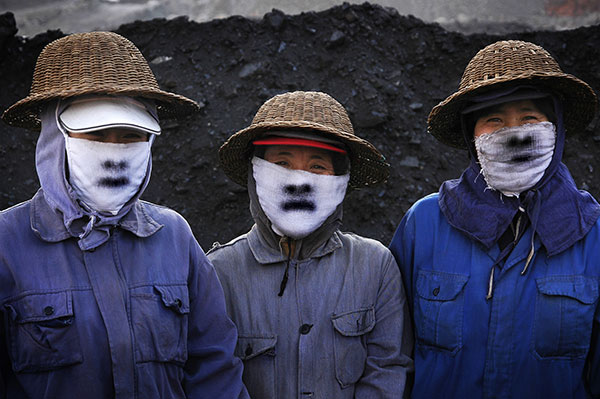Children exposed to excess chemicals
Updated: 2015-08-27 07:36
By Shan Juan and Cheng Yingqi(China Daily)
|
|||||||||||
Up to 1 in 3 prepubescent children in East China has been exposed to excessive amounts of a chemical widely used in plastic production that can lead to early puberty, according to research.
A study has found that nearly 20 percent of children tested in a recent study had been exposed to excessive amounts of phthalates, which are sometimes called environmental hormones. The rate was even higher, about 36 percent, among children living in industrial regions.
A research team from the Fudan School of Public Health in Shanghai has released the results of the study, which it conducted from January 2012 to January this year.
The team randomly tested urine samples from 782 children between ages 8 and 11 across East China, and found metabolites, or small molecules, of nine different kinds of phthalates.
Phthalate refers to a class of chemical compounds that can interfere with children's reproductive development because their molecular structures are similar to hormones.
"Excessive exposure to phthalates could affect people's health in various ways, the most severe of which is to cause reproductive problems in children, especially precocious, or early, puberty in prepubescent children. That might be a reason that the researchers from the Fudan School of Public Health chose to survey children from 8 to 11," said Pan Xiaochuan, a professor specializing in environmental hygiene at the Peking University Health Science Center.
The last time phthalates were in the news was in 2012 when Jiugui Liquor, made in Hunan province, was found to contain three times the permitted level of phthalates set by the National Health and Family Planning Commission.
After the scandal, the China National Center for Food Safety Risk Assessment published a report on phthalates that said that DEHP - a kind of phthalate found in the liquor - could affect people's liver, testicles and kidneys.
"Children, who are not alcohol consumers, are likely to be exposed to phthalates in other ways such as using poor-quality plastic bottles, tableware or toys, water pollution and air pollution. The major route of exposure could be complex and needs further study," Pan said. The latest report did not investigate the ways by which the children had been exposed.
"For children, the most likely way in which they had taken in phthalates would be that they bit inferior plastic products, or touched those products and ate with unwashed hands," said Jiang Zhuoshan, Greenpeace's pollution control campaign manager.
Jiang's team bought 30 plastic toys in markets and tested them. Nineteen were found to have higher plasticizer levels than that allowed by European and US toy safety standards.
Related Stories
Goodbyes and tears as left-behind children head home 2015-08-26 09:31
Should children endorse products? 2015-08-25 09:46
Experts: Give children a greener education 2015-08-23 14:43
Keeping children out of harm's way 2015-08-19 07:44
Children in traditional clothes read Confucian classics 2015-08-17 11:14
Today's Top News
Austria, Germany open borders to migrants offloaded by Hunga
'We must learn from the past':UN chief
Social media take parade to the world
Finland's PM offers his home to refugees
Drowned Syrian boys buried home
30 veterans honored for victory roles
Britain to accept more Syrian refugees
US blogger: The parade shows President Xi is a true world class leader
Hot Topics
Lunar probe , China growth forecasts, Emission rules get tougher, China seen through 'colored lens', International board,
Editor's Picks

|

|

|

|

|

|






